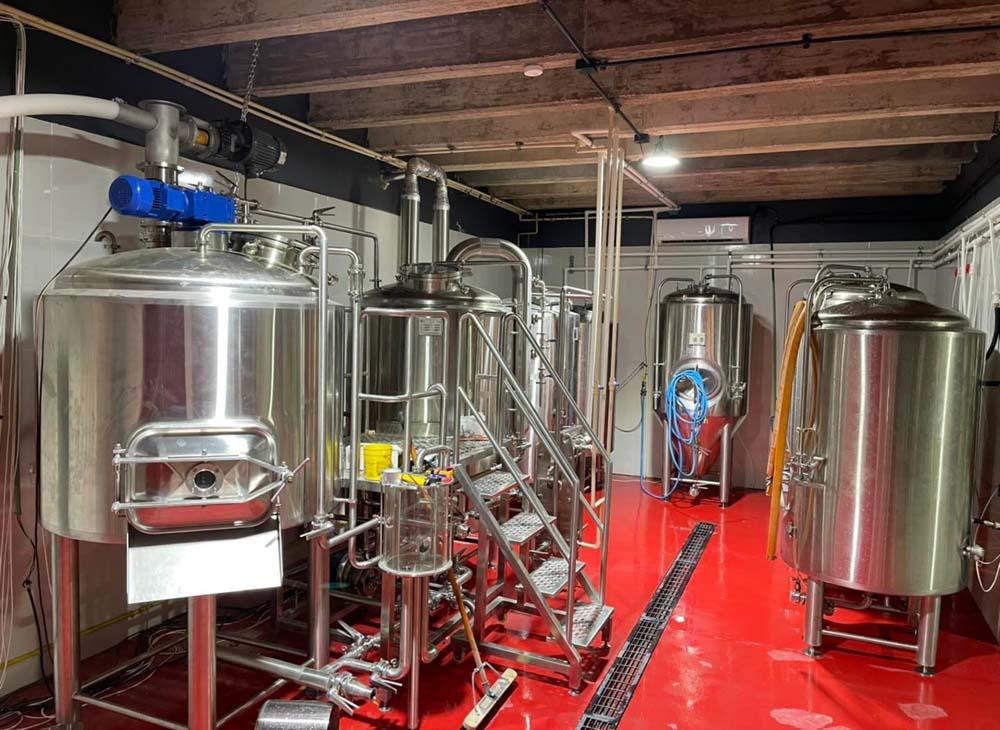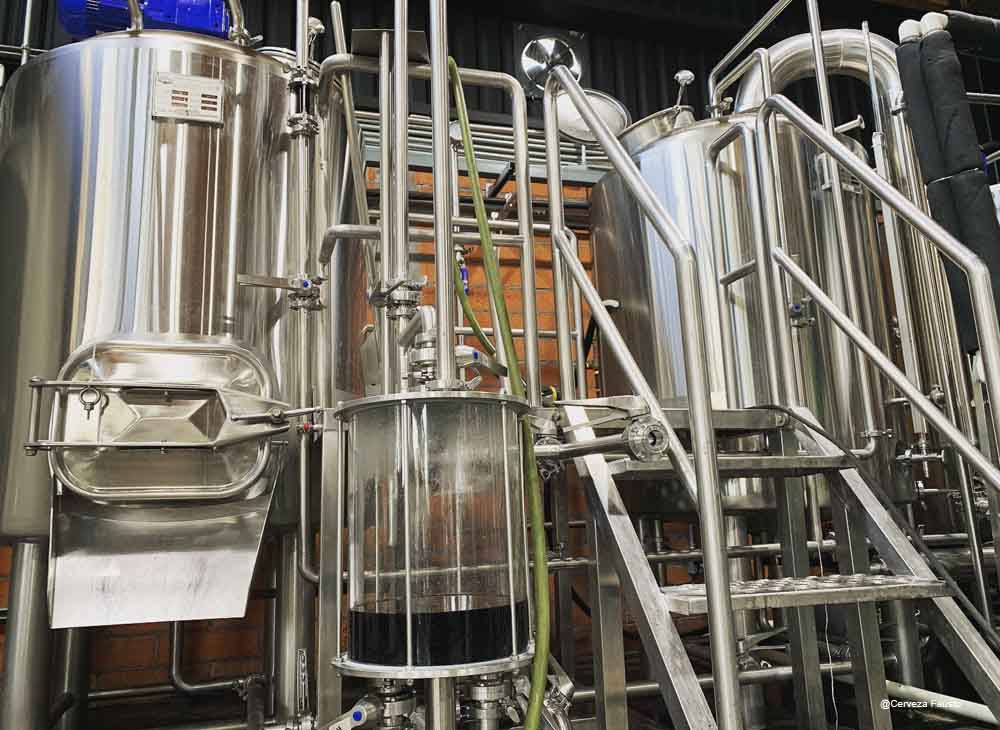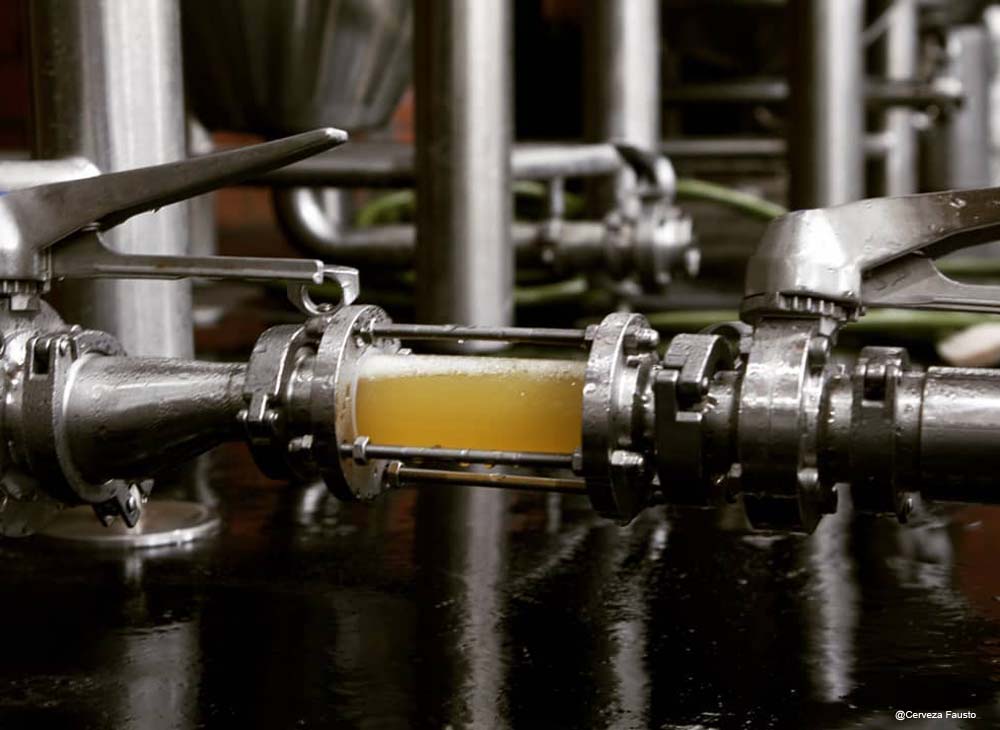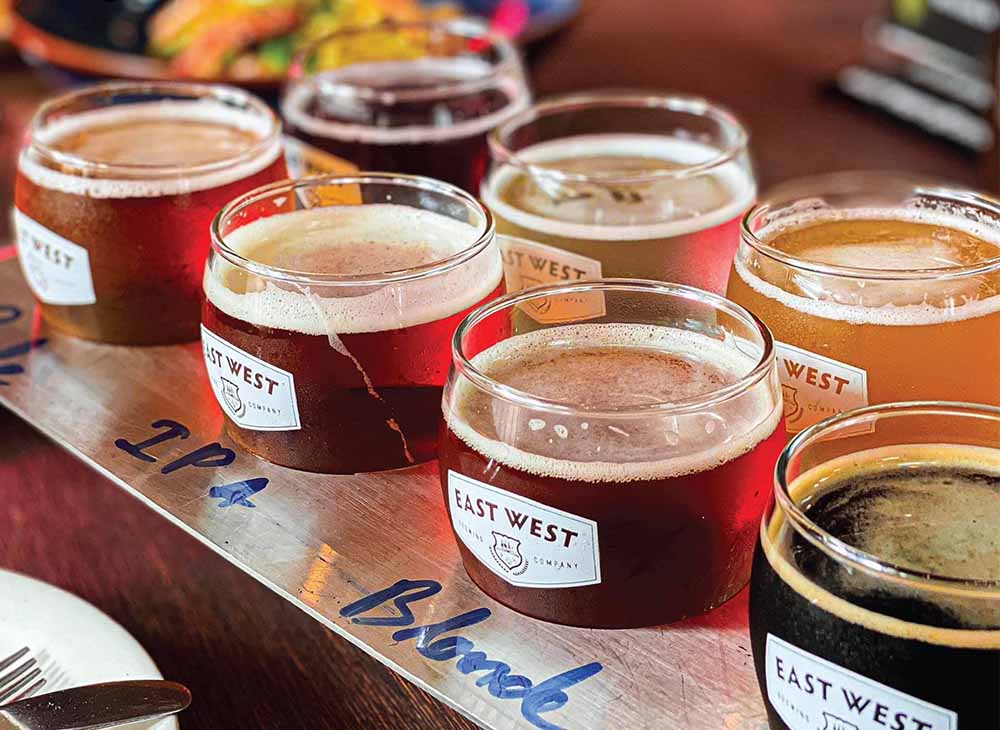What are the costs involved in opening a microbrewery?
- Dec 15, 2021
- 195
- tiantai
A lot should be considered when you start your brewery like craft brewing tech, brewery equipment cost and price,find a location for brewery, license and regulation of a brewery. This article column is specially to talk about What are the costs involved in opening a microbrewery . It can cost upwards of $500,000 to open a microbrewery. The major cost contributors include renting space for 12 months (typically over $50,000) the operational costs for the first three months (approximately $60,000), and the microbrewery equipment itself, which costs approximately $18,000. Start-up inventory can cost over $16,000, while equipment costs for counter areas, serving areas, and store equipment can $26,000 or more. Meanwhile, legal costs—including obtaining proper licenses and permits, hiring a consultant, and purchasing required insurance—is likely to cost approximately $7,500.

For those who want to get into this kind of business at a much lower cost, a nanobrewery is a better idea than a full-scale microbrewery. Because a nanobrewery typically produces fewer than 20 barrels per year, your equipment is smaller in scale and you need less of it and fewer annual materials. Needing less space means also means you can get away rent a much smaller office space than a microbrewery would require. In fact, many people convert their home garages into a nanobrewery.
What are the ongoing expenses for a microbrewery?
Many of the ongoing costs of this business are variable depending on region, business size, and fluctuating markets. The primary expenses will be paying for the materials required to brew (such as malt, yeast, hops), ongoing utilities costs (such as electricity, gas, sewage) and the ongoing costs to clean and repair equipment, including regularly purchasing cleaning equipment. Beyond this, ongoing expenses include paying monthly rent for the business and paying salary for any employees.
Who is the target market?
Brewers don't usually deal with customers directly. Rather, their clients are the beer distributors. One way to find distributors is to seek out the local major distributors that specialize in selling brands like Coors, Miller, and Anheuser-Busch. They may not be interested in selling your local flavor, but their deep history and network can likely point you towards local distributors specializing in imports (a good option for small brewing businesses) or those who specialize in handcrafted beers (an ideal option for a small brewing business).
How does a microbrewery make money?
A microbrewery typically operates on a three-tier system to make money. Under a three-tier system, the brewer uses a distributor to sell alcohol to local bars, grocery stores, liquor stores, etc. These customer facing establishments then sell to the consumers. Microbrews are sold consistently throughout the year and many brewers create unique seasonal offerings. Therefore, it is important to note that even though beer is sold regardless of the season, sales peak during the summer and winter seasons, but they experience dips going into fall and spring.
Brewers who are just starting out may consider self-distribution: while this is not allowed in every state, it enables the brewer to cut out the distribution middleman and sell beer directly to their local areas. In doing so, breadth of distribution will be limited, however reduced overhead means operational costs and beer costs can be lowered.
How much can you charge customers?
The final end-customer price of your microbrew to customers is usually a minimum of $10 for a six-pack. Depending your beer's popularity and brand qualities, you may be able to support pricing upwards of $15 per sixpack.
While these are standard prices in the industry, it’s critical that all ongoing costs are recovered in the pricing with a reasonable profit margin. Ongoing costs include brewing, bottling and packaging beer while also factoring in an average distributor margin of 21 percent and an average retailer margin of 31 percent, as well as relevant state, federal, and sales taxes.
How much profit can a microbrewery make?
In general, a microbrewery can turn a profit—microbreweries had a 9.1 percent profit margin in the Unites States in 2014. It's important to keep in mind that it may take over a year for a new microbrewery business to regularly turn profit, though, and that fluctuations in the cost of things like grain can cut into that profit margin. Finally, there is a constant need to reinvest some of the profit into growing the business to reach more customers and stand out from the competition.
How can you make your business more profitable?
Find a distributor willing to sell these craft beers to a larger demographic.
Start one of the sideline businesses mentioned in this article; open a taproom and/or a restaurant.
The steadiest path to increased profit is increased production: the ability to generate more barrels per year is directly tied to the amount of profit you can earn, which may eventually mean upgrading equipment in order to generate more business.
What will you name your business?
Choosing the right name is important and challenging. If you don’t already have a name in mind, visit our How to Name a Business guide or get help brainstorming a name with our Microbrewery Name Generator
If you operate a sole proprietorship, you might want to operate under a business name other than your own name. Visit our DBA guide to learn more.
When registering a business name, we recommend researching your business name by checking:
Your state's business records
Federal and state trademark records
Social media platforms
Web domain availability.
It's very important to secure your domain name before someone else does.

For those who want to get into this kind of business at a much lower cost, a nanobrewery is a better idea than a full-scale microbrewery. Because a nanobrewery typically produces fewer than 20 barrels per year, your equipment is smaller in scale and you need less of it and fewer annual materials. Needing less space means also means you can get away rent a much smaller office space than a microbrewery would require. In fact, many people convert their home garages into a nanobrewery.
What are the ongoing expenses for a microbrewery?
Many of the ongoing costs of this business are variable depending on region, business size, and fluctuating markets. The primary expenses will be paying for the materials required to brew (such as malt, yeast, hops), ongoing utilities costs (such as electricity, gas, sewage) and the ongoing costs to clean and repair equipment, including regularly purchasing cleaning equipment. Beyond this, ongoing expenses include paying monthly rent for the business and paying salary for any employees.
Who is the target market?
Brewers don't usually deal with customers directly. Rather, their clients are the beer distributors. One way to find distributors is to seek out the local major distributors that specialize in selling brands like Coors, Miller, and Anheuser-Busch. They may not be interested in selling your local flavor, but their deep history and network can likely point you towards local distributors specializing in imports (a good option for small brewing businesses) or those who specialize in handcrafted beers (an ideal option for a small brewing business).
How does a microbrewery make money?
A microbrewery typically operates on a three-tier system to make money. Under a three-tier system, the brewer uses a distributor to sell alcohol to local bars, grocery stores, liquor stores, etc. These customer facing establishments then sell to the consumers. Microbrews are sold consistently throughout the year and many brewers create unique seasonal offerings. Therefore, it is important to note that even though beer is sold regardless of the season, sales peak during the summer and winter seasons, but they experience dips going into fall and spring.
Brewers who are just starting out may consider self-distribution: while this is not allowed in every state, it enables the brewer to cut out the distribution middleman and sell beer directly to their local areas. In doing so, breadth of distribution will be limited, however reduced overhead means operational costs and beer costs can be lowered.
How much can you charge customers?
The final end-customer price of your microbrew to customers is usually a minimum of $10 for a six-pack. Depending your beer's popularity and brand qualities, you may be able to support pricing upwards of $15 per sixpack.
While these are standard prices in the industry, it’s critical that all ongoing costs are recovered in the pricing with a reasonable profit margin. Ongoing costs include brewing, bottling and packaging beer while also factoring in an average distributor margin of 21 percent and an average retailer margin of 31 percent, as well as relevant state, federal, and sales taxes.
How much profit can a microbrewery make?
In general, a microbrewery can turn a profit—microbreweries had a 9.1 percent profit margin in the Unites States in 2014. It's important to keep in mind that it may take over a year for a new microbrewery business to regularly turn profit, though, and that fluctuations in the cost of things like grain can cut into that profit margin. Finally, there is a constant need to reinvest some of the profit into growing the business to reach more customers and stand out from the competition.
How can you make your business more profitable?
Find a distributor willing to sell these craft beers to a larger demographic.
Start one of the sideline businesses mentioned in this article; open a taproom and/or a restaurant.
The steadiest path to increased profit is increased production: the ability to generate more barrels per year is directly tied to the amount of profit you can earn, which may eventually mean upgrading equipment in order to generate more business.
What will you name your business?
Choosing the right name is important and challenging. If you don’t already have a name in mind, visit our How to Name a Business guide or get help brainstorming a name with our Microbrewery Name Generator
If you operate a sole proprietorship, you might want to operate under a business name other than your own name. Visit our DBA guide to learn more.
When registering a business name, we recommend researching your business name by checking:
Your state's business records
Federal and state trademark records
Social media platforms
Web domain availability.
It's very important to secure your domain name before someone else does.


.jpg)

